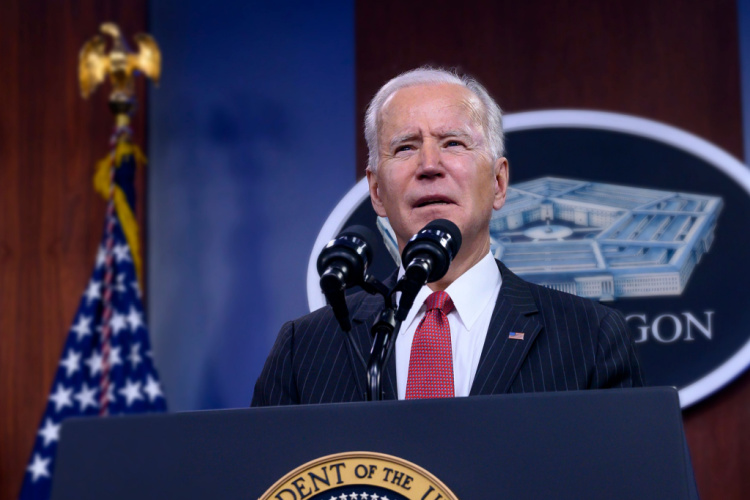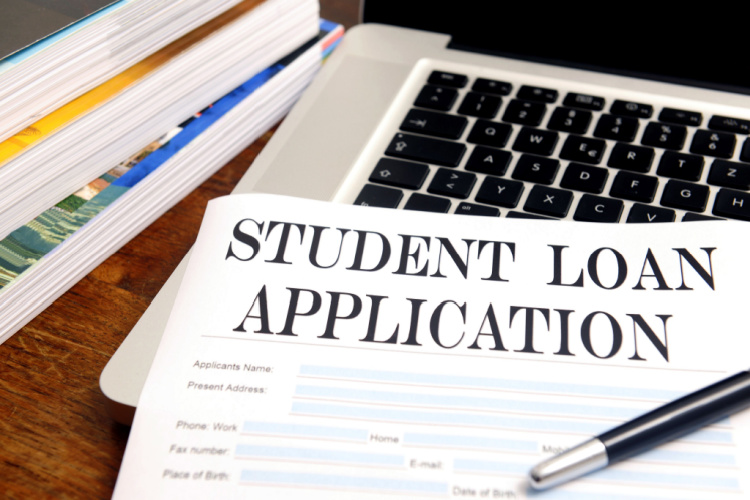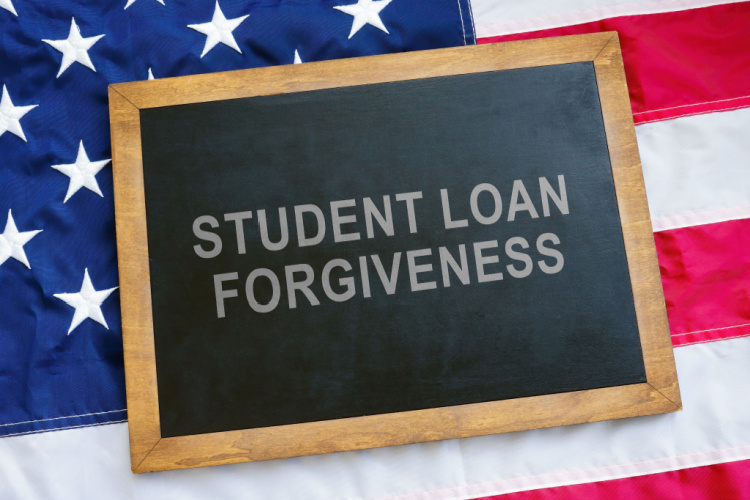Student Loan Forgiveness: Biden Cancels Student Loan Debt For Millions Of Americans
And just like that… It’s a whole new landscape in the world of student loans.
In August 2022, President Biden announced that the Department of Education will forgive up to $20,000 in student loans for those who qualified for Pell Grants, and $10,000 for all other borrowers earning less than $125,000 annually.
Biden’s largesse doesn’t end there: He also extended the moratorium on payments through Dec. 31, 2022, and has plans for making repayment significantly more manageable. All in all, the lives of 43 million borrowers will be impacted, with some 20 million benefitting from their debt being completely paid off.
For many past, current, and future students, Biden’s proposals can mean the difference between drowning in debt or swimming free from financial burdens.

Who Owes – And How Much
In the United States, student loans rank as the second-largest chunk of household debt after mortgages. The numbers are staggering: Student loans amount to $1.6 trillion for 45 million borrowers, and approximately 92% of that is in the form of federal student loans.
According to Phillip Braun, clinical professor of finance at North Western University’s Kellogg School of Management, student debt owned by the government has increased by more than 600% since the Great Recession. While he applauds Biden’s initiatives as a step in the right direction, he encourages caution when it comes to being overly optimistic.
“It doesn’t fix it for the overall problem, which is dramatic increases in student loan borrowers….The U.S. government’s got to figure out a way that they don’t have this larger burden of student loans affecting their budgets across time.”
Braun also cautions that student loan forgiveness may encourage people to take on more debt, or else give institutions a reason to raise the cost of schooling. But Mike Pierce of the Student Borrower Protection Center calls the Biden plan historic and sees it as an opportunity to improve the financial standing of students.
“This will offer people an opportunity to climb the economic ladder that wasn’t available to them yesterday. Canceling the debt and freeing people of those burdens is going to open up all these avenues for them to live more full and complete economic lives,” says Pierce.

A Repayment Plan That Could Reshape Finances
President Biden has also proposed restructuring how student loans are repaid, giving future borrowers more leeway – and financial breathing room – when it comes to paying back their education loans. Biden’s plan calls for an income-driven repayment plan that will “substantially reduce” monthly payments for individuals with lower and middle incomes.
The debt repayment proposal would require borrowers to pay no more than 5% of their “discretionary” income on undergraduate loans, a significant decrease from the current 10% requirement. Additionally, the proposal would raise non-discretionary income amounts; for example, if you earned under 225% of the federal poverty line, you wouldn’t have a monthly payment until your income increases that threshold. Another bonus: If you owe less than $12,000 on your student loan, your remaining balance would be forgiven after 10 years of making payments, instead of the current 20 years.

What It Means For You
Specifics about Biden’s repayment plans are still being worked out, but Angelique Palomar at The Institute for College Access and Success says it’s not too soon to start thinking about how you can benefit from the changing student loan landscape.
“This will certainly wipe the slate clean for the 15 million people who owe less than $10,000 in student loan debt,” says Palomar.
But even students who won’t see their debt wiped out entirely will be able to take advantage of significantly reduced payments. According to Palomar, it’s important to maintain ongoing communication with your loan servicer in order to remain informed about repayment changes that could impact you.
“It’s a good idea for all borrowers, as soon as they can, to check out the status of their student loans,” she says. Palomar suggests confirming which type of payment plan you’re on and updating your information as needed. By visiting the site studentaid.gov., you can make account changes, update your information, and even adjust your payment plan and schedule.
